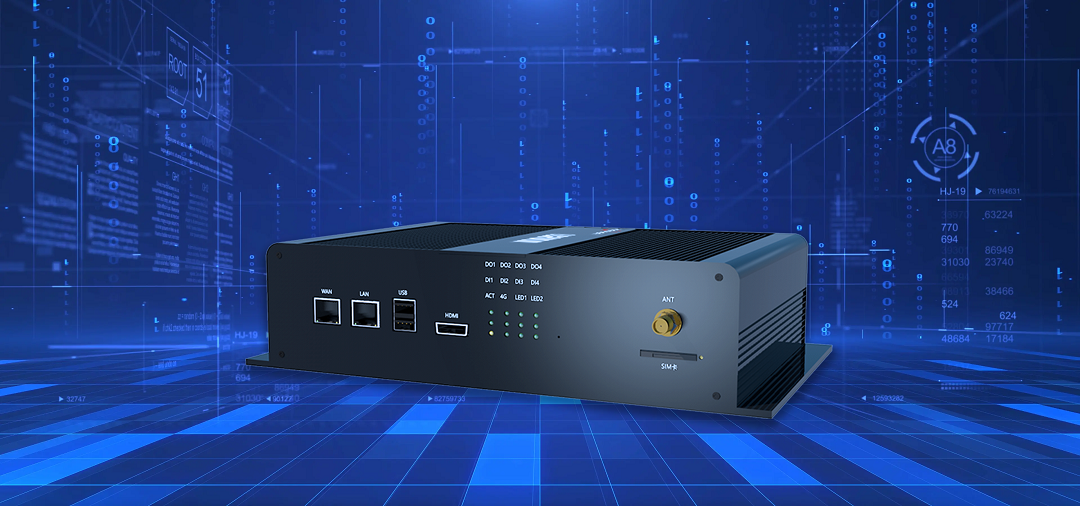In modern industrial environments, edge computing is an important technology that can improve the efficiency, safety and reliability of equipment. The edge computing gateway is an integral part of it, which can collect data from various devices and sensors and transmit it to the cloud or data center for analysis and processing. So, what is an edge computing gateway and what functions does it have? This article will give you detailed answers.
1. Definition of edge computing gateway
Passerelle informatique périphérique is a network device located at the edge layer of the IoT system and used to connect IoT devices and cloud platforms. It can collect, process and transmit large amounts of data while ensuring data security and reliability. The main functions of edge computing gateway include protocol conversion, data collection, data processing, data transmission, etc.

2. Functions of edge computing gateway
1. Protocol conversion
Edge computing gateways can support multiple protocols and convert these protocols into unified protocols to facilitate data transmission and analysis. This can significantly reduce system complexity and cost.
2. Data collection
The edge computing gateway can collect data from various devices and sensors, including temperature, humidity, pressure, rotation speed, etc. It converts this data into digital signals and transmits them to the cloud or data center through protocol conversion capabilities.
3. Traitement des données
The edge computing gateway can process the collected data, such as data filtering, data compression, data caching, etc. This can reduce the amount of data transmission, improve data processing efficiency, and ensure the real-time nature of data.
4. Data transmission
The edge computing gateway can transmit the collected and processed data to the cloud or data center for real-time monitoring and management. At the same time, the edge computing gateway can also encrypt and authenticate data to ensure data security and reliability.
5. Remote management
The edge computing gateway supports remote management and maintenance. The edge computing gateway can be configured, monitored and maintained remotely through the network, which greatly improves maintenance efficiency and reduces maintenance costs.
3. Advantages of edge computing gateways
1. Improve data processing efficiency
The edge computing gateway can locally process and analyze the collected data, reducing the amount of data transmission and improving data processing efficiency.
2. Improve data reliability
The edge computing gateway can cache and back up data, avoiding data loss and damage and improving data reliability.
3. Improve system security
The edge computing gateway can encrypt and authenticate data, ensuring data security and reliability, and preventing data leaks and attacks.
4. Summary
Edge computing gateway is an important part of the Internet of Things system, which can collect data from various devices and sensors and transmit it to the cloud or data center for analysis and processing. It supports multiple protocol conversion, data processing and remote management functions, which can improve the efficiency, security and reliability of the equipment. In the future industrial environment, edge computing gateways will play an increasingly important role.